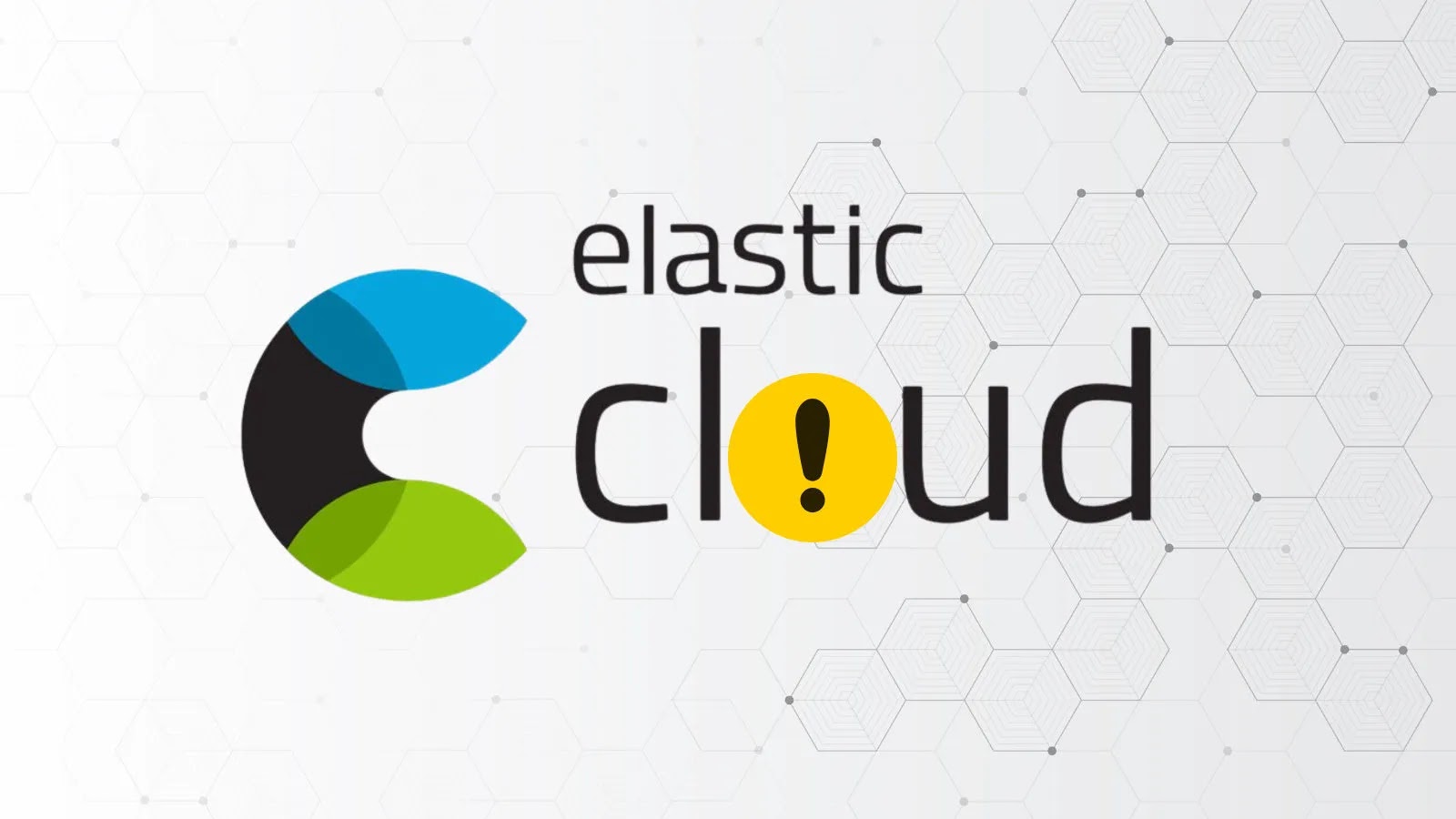
Elastic Cloud Enterprise Vulnerability Let Attackers Execute Malicious Commands
A critical vulnerability has surfaced within Elastic Cloud Enterprise (ECE), presenting a significant threat to organizational data integrity and operational security. This flaw, discovered and disclosed by Elastic, empowers malicious administrators to execute arbitrary commands and exfiltrate sensitive information, potentially leading to catastrophic breaches. Understanding the nature of this vulnerability and implementing timely remediation is paramount for any organization leveraging ECE.
Understanding CVE-2025-37729: The Jinjava Template Engine Flaw
The core of this critical security vulnerability, tracked as CVE-2025-37729 under advisory ESA-2025-21, lies in the improper neutralization of special elements within the Jinjava template engine. Jinjava, a widely used templating library, is designed to render dynamic content. However, in this specific instance, a flaw allows an attacker to bypass intended security controls, injecting malicious code that the engine then processes.
This improper neutralization allows an attacker with administrative privileges within ECE to craft specially designed inputs. When these inputs are processed by the vulnerable Jinjava engine, they are not properly sanitized or escaped. Consequently, the malicious code embedded within the input is executed by the underlying ECE system, granting the attacker the ability to issue arbitrary commands and access sensitive data. This essentially provides a gateway for a compromised administrator account to take full control of the ECE environment.
Impact and Scope: Who is Affected by the Elastic Cloud Enterprise Vulnerability?
The implications of CVE-2025-37729 are substantial, particularly for organizations that rely on Elastic Cloud Enterprise for their data analytics, search, and observability needs. The vulnerability affects multiple versions of ECE, meaning a significant portion of its user base could be at risk. While the official advisory from Elastic (ESA-2025-21) details the specific affected versions, it’s crucial for all ECE administrators to consult this information immediately.
The primary concern is the potential for data exfiltration. Once an attacker can execute arbitrary commands, they can access and copy sensitive data stored within ECE-managed Elasticsearch clusters, Kibana instances, or other components. Beyond data theft, the ability to execute commands introduces risks of:
- System Compromise: An attacker could plant backdoors, install malware, or disrupt critical services.
- Privilege Escalation: Leveraging initial administrative access, an attacker might seek to gain even higher privileges within the broader infrastructure.
- Denial of Service: Malicious commands could be used to shut down or impede ECE operations, causing significant business disruption.
Remediation Actions: Securing Your Elastic Cloud Enterprise Environment
Immediate action is required to mitigate the risks associated with CVE-2025-37729. Elastic has released patches and updates to address this critical vulnerability. Organizations must prioritize these updates to protect their ECE deployments.
- Apply Patches and Updates: The most crucial step is to upgrade your Elastic Cloud Enterprise instances to the latest patched versions provided by Elastic. Refer to the official ESA-2025-21 advisory for detailed instructions and version specifics.
- Review Administrator Accounts: Conduct a thorough audit of all ECE administrator accounts. Ensure that only trusted personnel have administrative privileges and that multi-factor authentication (MFA) is enforced for these critical accounts.
- Implement Least Privilege: Adhere to the principle of least privilege. Limit administrative access to only what is absolutely necessary for an individual’s role.
- Monitor for Suspicious Activity: Enhance monitoring capabilities for your ECE environment. Look for unusual command execution, unauthorized data access patterns, or sudden changes in system behavior.
- Isolate ECE Environments: Where possible, segment or isolate your ECE environments from highly sensitive internal networks to limit the blast radius of a potential compromise.
- Educate Administrators: Remind ECE administrators about the risks of phishing and social engineering attempts, as these are common vectors for compromising legitimate credentials.
Security Tools for Detection and Mitigation
While direct patching is the primary solution, certain security tools can aid in detection, monitoring, and overall strengthening of your cybersecurity posture around Elastic Cloud Enterprise.
| Tool Name | Purpose | Link |
|---|---|---|
| Elastic Security | Comprehensive SIEM and endpoint security for detecting suspicious activity within Elastic environments. | https://www.elastic.co/security |
| Vulnerability Scanners (e.g., Tenable, Qualys) | Identifying software vulnerabilities, including outdated ECE versions or misconfigurations. | (Specific vendor links vary) |
| Network Intrusion Detection/Prevention Systems (NIDS/NIPS) | Monitoring network traffic for anomalous patterns indicative of data exfiltration or command-and-control activity. | (Specific vendor links vary) |
| Cloud Security Posture Management (CSPM) Tools | Automated assessment of cloud configurations (including ECE deployed on cloud platforms) for compliance and security best practices. | (Specific vendor links vary) |
Protecting Your Data: A Call to Action for Elastic Cloud Enterprise Users
The disclosure of CVE-2025-37729 serves as a stark reminder of the persistent threats facing cloud-based platforms. For organizations utilizing Elastic Cloud Enterprise, immediately applying the recommended patches and reinforcing security protocols are non-negotiable steps. Proactive vulnerability management, robust access controls, and vigilant monitoring are essential to protect against increasingly sophisticated cyberattacks and safeguard your critical data assets.





